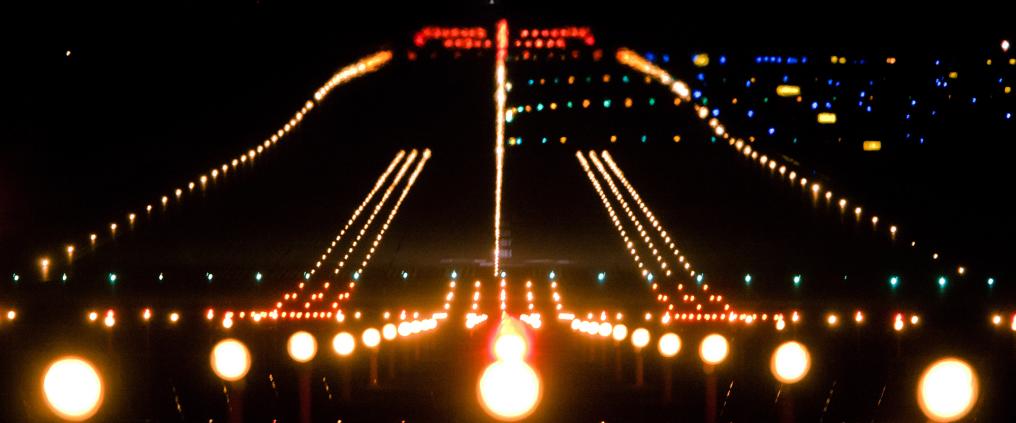International airports use as much electricity as small towns. The lights and lighting equipment on the runways and elsewhere on the apron are of particular importance to air traffic.
Helsinki Airport’s outdoor light fittings number over 10,000.
Their purpose is to guide aircraft and land vehicles as they move around the airport, especially when it’s dark and under bad weather conditions.
All airport light fittings are serviced at the airport, including regular check-ups.
Various types of lights
The taxiway centreline lights guide the aeroplanes from the runway to the apron and back. Lights have been installed on the straight sections and bends at regular intervals, structured in a way that makes it easy to drive over them.
Precision approach runways have centreline lights for directing the aircraft during the take-off run and landing. These lights are similar to the taxiway centreline lights.
Then we have taxiway edge lights that radiate blue light in all directions. These edge lights are some 35 cm in height, with the actual bulb installed on top of a short shaft.
Backup power plant for secure operations
Nearly all lamps are fitted with halogen bulbs. Most of the lights can be dimmed when necessary, and this brings significant savings in energy consumption.
Power supply backup systems are vital for airports because a major service outage would quickly lead to chaos. All airports have their own backup power plants to ensure that aeroplanes can land safely and passengers be directed out of terminals in a controlled manner, even under difficult circumstances, if necessary.



